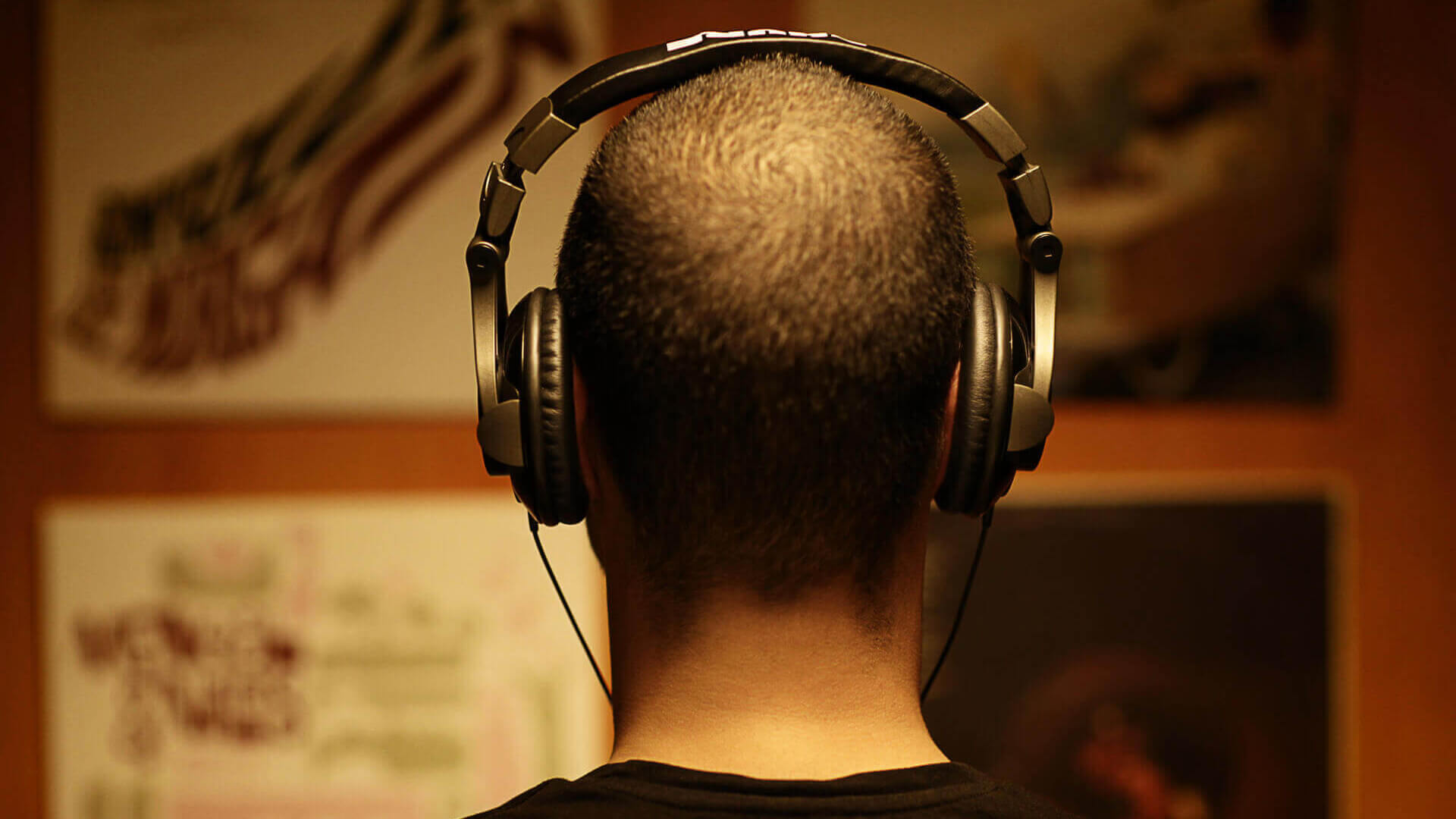It’s a long way from that beige can of Coors to today’s unfiltered New England IPA. About the same distance from an overly percolated Styrofoam cup of coffee to a single-origin Sulawesi pour-over.
Expectations have changed. It’s no longer a select few early adopters looking for quality. Through word-of-mouth, peer pressure, education, and even sheer happenstance, mainstream consumers are embracing the good stuff.
So, what’s next?
When we look at categories primed for transformation, audio is right up there. Because back when the mp3 revolutionized listening—making music both ubiquitous and portable—it also did a number on sound quality. And with compression being what it is, we’ve never fully recovered.
Of course, audiophile-quality products have been around as long as audiophiles have been there to buy them, but between cost and complexity, these products never caught on with everyday listeners. Some skeptics claim high-quality audio will never gain mass appeal—that consumers will never pay a premium for it—but we heard that about beer, coffee, and video, too. Just ask the guy who grew up in front a static-y Zenith console, who is now shopping for a palm-sized 4K video recorder.
It turns out, people do want better audio.
In fact, a Qualcomm study found that 78% of over 4000 consumers ranked sound quality as their top priority when selecting a pair of wireless headphones. So with numbers like these, where’s the disconnect? It may be there’s a gap between wanting better audio and knowing what it is. If consumers can’t identify audio quality, they won’t be able to find it. This lack of clarity has serious implications for audio brands.
There have been a number of high-profile efforts to deliver high-end audio to mainstream audiences, which suggests we may be at a tipping point. Tidal, for instance, gambled that consumers would be willing to pay more for better streaming quality, but the company hasn’t proven it yet. The Pono player is another one, and it’s been popular mostly with diehard audiophiles. Neither launch lacked funding, press, big names, or excitement. It just came down to a lack of demand.
There are also several innovative startups with proprietary algorithms and associated products that add a new, dimensional aspect to any audio source. And that’s great—we’re all for anything that improves sound. But whether it’s the headphones, or compressed files, your audio is only going to be as good as your weakest link. True sound quality must be built in all the way down the line, from media to player to listening device.
Finally, there’s the cool factor that’s a big driver in audio products—headphones, specifically. It can add an aura of quality to almost anything. Product design, packaging, and marketing are powerful tools but when they blur the line between style and substance, consumers may not be getting what they think they’re getting.
Looking forward, as listeners become aware and more discriminating, they’ll be more inclined to explore high-quality streaming services, better audio files, and premium headphones and earphones. Put all the pieces together and you’ve got a gateway audio experience.
And there’s more.
Audio is everywhere—headphones, speakers, cars, laptops, and TVs. As we acclimate to more sophisticated audio in our personal lives, we’ll likewise see the need for the same in B2B audio applications, just as other consumer trends have shown up in our professional lives. The conference room, in particular, will be a target market. Not only will poor conference audio be easier to recognize, it’ll become more difficult to excuse. As web conferencing becomes more prevalent, the expectation will be that the video and the audio should be professional quality. Where communication is key, bad sound is bad for business.
The desire for higher-quality products—and better experiences surrounding them—will only increase. As both creatives and consumers, we’ve seen it happen in both craft beer and coffee. Now, with our work in the audio category, we see it happening again.
The brands that anticipate this trend will work to close the gap between sound and style. Audiophile-quality will need to become both more stylish and more accessible, while that cool new pair of headphones will need to ratchet up its audio quality. And for both, keeping it simple and effortless is a must.
A better sonic future is on the horizon. We’re all ears.
